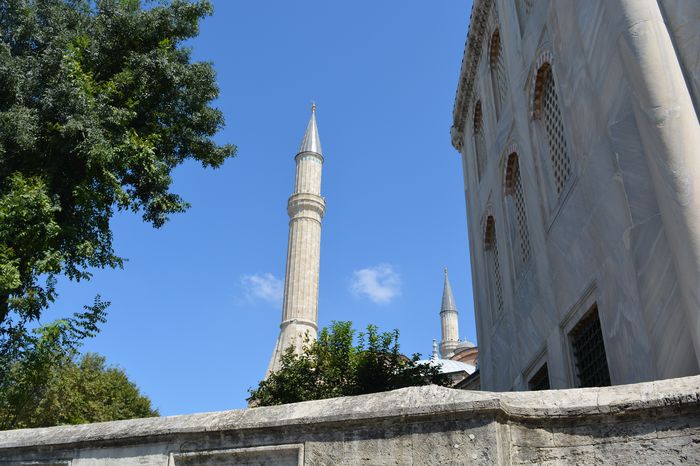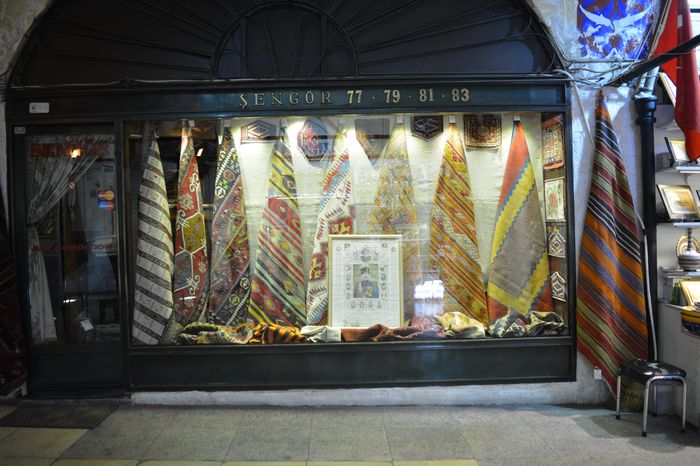The attention paid in the De Cerimoniis to foreign affairs in minimal, and to some extent this can be explained by the existence of a distinct treatise devoted to such matters (the De Administrando Imperio, hereafter DAI). However, it most clearly reflects the fact that domestic matters, and particularly affairs in and between the Great Palace and St Sophia dominated imperial thought in the mid-tenth century. Since the retrenchment of the seventh century Constantinople had played an increasingly large role in the articulation of the imperial ideology.
D. Olster (“From periphery to center: the transformation of Late Roman self-definition in the late seventh century,” in R. Mathisen & H. Sivan, eds, Shifting Frontiers in Late Antiquity, Aldershot 1996, 93-101 at 100) has noted that “as the borders ceased to define the extent of Roman authority [from the seventh century], the oikoumene was reduced to a central point from which Romanity radiated,” and imperial rhetoric focused largely on the “head,” which, so long as it survived, would keep the body alive. Thus pseudo-Methodius asked “what other place could be named the navel of the world except the city where God has set the imperial residence of the Christians, and that he has created by its central location even that it might serve as the intermediary between east and west?”
Between the seventh and tenth centuries
Foreign affairs, therefore, played a limited role in Byzantine imperial thought and ceremony between the seventh and tenth centuries, and chapters in the De Cerimoniis are devoted to such matters only where they affected life in the city, such as the reception and treatment of ambassadors from various lands in Constantinople. Moreover, much of this tiny percentage of the large compilation is of purely antiquarian interest: for example the four chapters (bk 1, cc. 87-8, 89-90; ed. Reiske: 393-410) devoted to the reception of envoys from Persia and of ambassadors announcing the promotion of an Ostrogothic emperor in Rome copied from Peter the Patrician.
Nevertheless, the information on other peoples contained in the De Cerimoniis has been of concern for those seeking to reconstruct the Byzantine world view, for the manuscript has been transmitted with a separate document, incorporated as chapters 46 to 48 of the second book, which lists the correct protocols and forms of address to be observed in receving foreign embassies, and in despatches from the emperor to foreign rulers.
Read More about Constantine VII Porphyrogenitus






